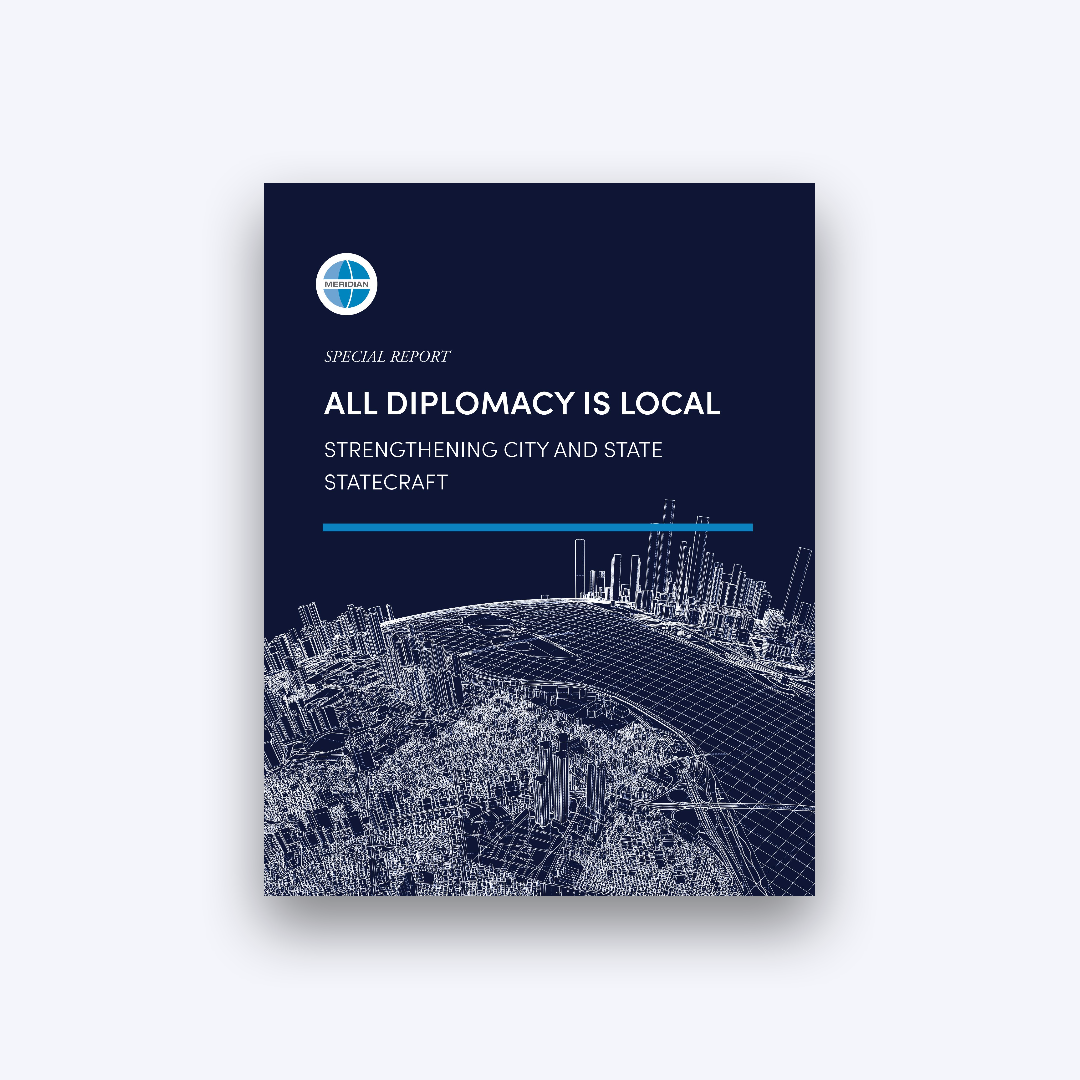Whether it’s a podcast you listen to on your commute or your book club’s latest pick, we consume arts and culture daily through various mediums. As we adapt to a post-pandemic world, the arts and culture are in a new renaissance.
Despite the devastating losses in the field over the last 18 months, artists and creators around the world showed their resilience and innovation, leading to new ways of engaging with the arts and using their creativity to design solutions to challenges brought on by COVID-19. The arts and culture have been a cornerstone for our global society’s sanity for over a year, but in the U.S. they do not have adequate representation in the highest levels of leadership.
The United States is among the only countries that do not have a Ministry of Culture-equivalent arm of the government, which is doing our dynamic and highly successful creative sector a disservice. But U.S. leaders have recognized the importance of the arts and culture in other ways, most famously with U.S. President Joe Biden calling for their need to “restore the soul of America.” In an interview with Lin Manuel Miranda, President Biden said, “The future of who we are lies in the arts. It is the expression of our soul.” He is not alone in this thinking. Arts and culture advocates have recently called for a U.S. Department of Culture or a “Dr. Fauci of Culture”, including Jonathan Kaledin, former Massachusetts Executive Office of Energy and Environmental Affairs general counsel, cellist and musicologist; Carla Canales, internationally acclaimed opera singer and a fellow with Harvard’s Advanced Leadership Initiative; actor Kal Penn, the former associate director of White House Office of Public Engagement who served on the President’s Committee for the Arts and Humanities (PCAH); and Megan Beyer, former executive director of the PCAH and co-chair of Meridian’s culturefix program.
“The future of who we are lies in the arts. It is the expression of our soul.”
According to America for the Arts, the nonprofit arts industry alone generates $135 billion in economic activity annually, supporting 4.1 million jobs. Governments in Europe have placed precedence on arts advocacy by allotting roughly $50 worth of ideal arts exposure per citizen. Kaledin writes, “including what our federal government spends on the remarkable Smithsonian Institution and the hundreds of millions spent on military bands, [for the U.S. we allot] about $2.5 billion [in the arts]—approximately $8 for each American.” The United States is behind on delegating government funds on arts and culture programs, despite it being a major industry and revenue-generator for the country. The U.S. Arts Economy in 2019: A National Summary Report stated that the arts contribute $763.6 billion to the US economy—4.2 percent of the GDP—more than agriculture, transportation, or warehousing.
“Greater investment in the arts, and the digital education that can fuel it, is a powerful stone with which policymakers can kill two birds: the psychological and economic recovery of the nation,” says Stan Prokopenko, U.S. Presidential Scholar in the Arts, in an article he wrote for Newsweek. When the U.S. collaborates internationally, we have often used the arts to connect with other cultures on shared values. “Diplomats have always deployed the arts and culture to strengthen relationships,” said Penn and Beyer about the importance of this cultural diplomacy in their article for The Hill. “When President Obama wanted to extend a hand of friendship to Cuba, he sent artists, like John Lloyd Young, Usher, Dave Matthews, Alfre Woodard, Joshua Bell, Larisa Martinez, and Smokey Robinson to Havana.” This is an example of why the arts and culture are catalysts for international relationships and cooperation. The groundwork for arts and cultural programming is already set in motion and has been for years.
“Diplomats have always deployed the arts and culture to strengthen relationships.”
By prioritizing a position for arts and culture advocacy, and with the right funding, we can expect positive returns on investment that legitimize the important work being done at home and abroad to advance U.S. foreign policy priorities. The arts are not merely a barometer of the health of the economy, but also a powerful catalyst for its growth and recovery. Programs such as the Creative Forces Military Healing Arts Network and the PCAH Turnaround Arts program have provided education and military communities with creative rehabilitation methods for learning and healing. “I have seen how the arts can be used to advance key international objectives. I saw the impact arts education can have on academic performance in underserved communities,” writes Canales for USA Today. By providing access to opportunities in art education and art therapy, it is another way a leadership role can aid in healing the “soul of America”.
There are multiple arrows pointing towards why a leadership position in arts and culture is essential to healing America and the world. It’s imperative we fund and implement a high-level government position for arts advocacy, which may be our only hope to reestablish the PCAH narrative that equal accessibility allows the arts and culture to be viewed as necessary instead of a luxury.
By Kristina Arreza, Global Communications Fellow, Meridian International Center
















